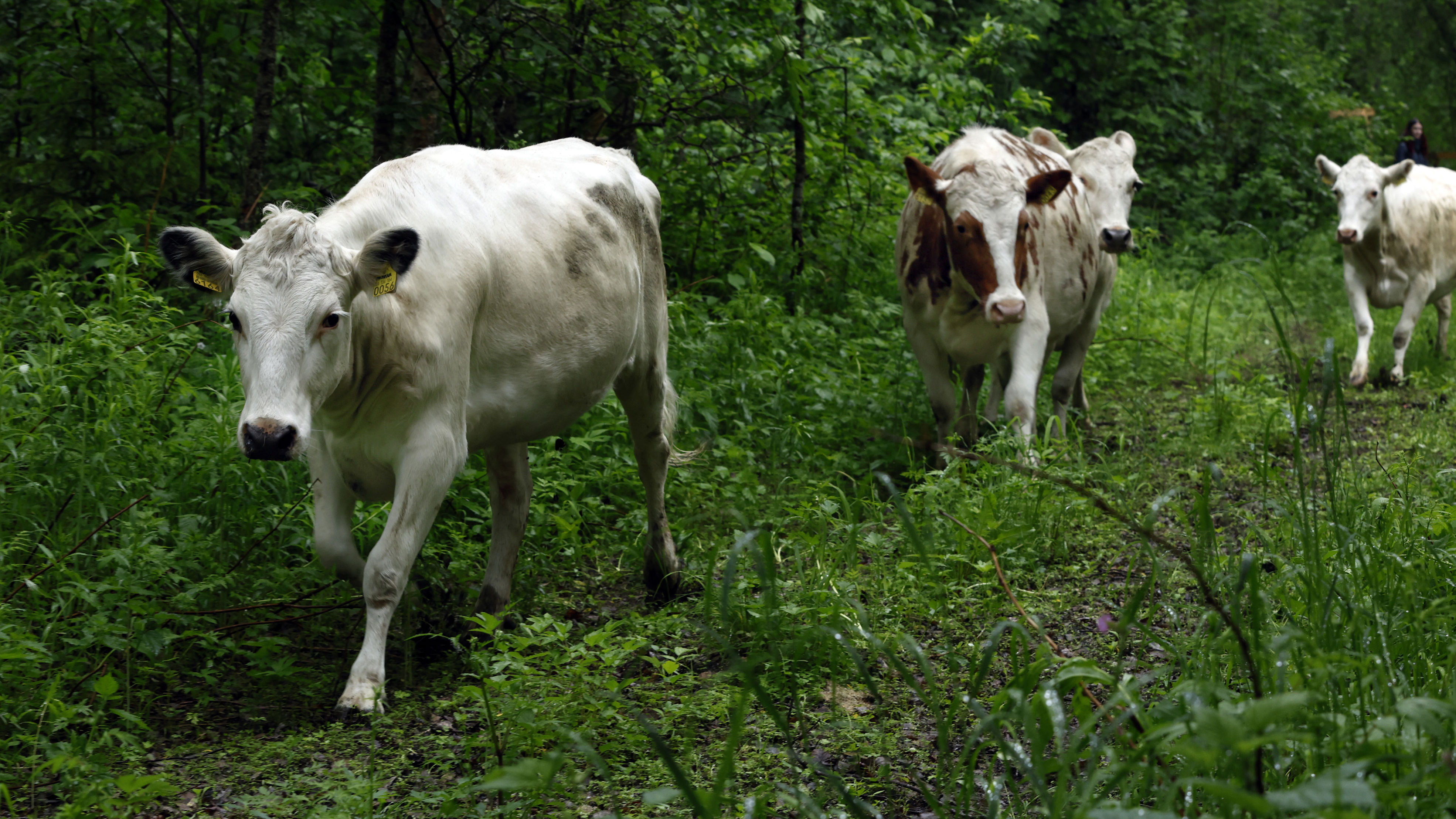Our goal is to create operating models and methods that support biodiversity in the built environment. We want to be developing an international operating model, the aim of which is to create a change in the land use of the built environment.
“Regenerative land use changes nature’s role in built environments. Nature-based solutions in industrial and urban environments support Finland’s national biodiversity goals, while creating a healthier, safer, and more comfortable everyday environment for residents. This is a change that benefits both nature and people,” says Timo Lehesvirta, Leading Nature Expert at Metsä Group.
Kemi Pilot Phase
A pilot phase of regenerative land use was launched last year in Kemi. The principles, developed in collaboration with Villi Vyöhyke ry, will guide the implementation of biodiversity plans in all of Metsä Group’s 25 mill sites over the over the coming years.
The Kemi planning area covers over 600 hectares, of which about half is a closed mill site and half is company-owned land. The establishment of meadows, chains and sunlit areas, which started last year, has continued into this year. So far, 12 hectares of these open habitats have been created instead of grassland, using only local species. The cultivation material consists of seeds of more than 100 species collected from local populations of various plant species in the vicinity of Kemi.
Multidimensional collaboration
The project invites stakeholders from across sectors to engage in discussions about the kind of nature and restoration we aim to achieve. This conversation is particularly important as climate change continues to alter natural systems, and some species previously found in the area have already been lost.
The City of Kemi is also an important partner for us. As one of the concrete measures of the Helmi program, they are implementing grazing on Metsä Fibre’s land in the Kiikeli park area, located near the mill. The cows grazing in Kiikeli are an endangered native breed, released into pasture in June 2024 and continuing to graze until the end of September.
Watch the videos below to see cows grazing in Kiikeli:
The bird association of Sea Lapland area Xenus is carrying out bird surveys and plans to protect the bird population. The local hunting association Hiilimön erästäjät is combating wild minks in an invasive species project, supporting bird-related work.
Advanced and regenerative practices
The pilot project has developed regenerative practices that go beyond conventional solutions, supporting biodiversity at all levels – from ecosystems to species and genetic diversity. In addition to biodiversity, the activities aim to promote local community spirit and cooperation.
Principles of regenerative land use:
- Implement solutions that maintain and enhance the native character of the local nature
- Support the presence of endangered species in the built environment
- Safeguarding the local and culture-historical importance of the site
- Identification and conservation of species reflecting local industrial history
- Prevent invasive alien species in line with national targets
- Identify and safeguard ecosystem services in the area as municipal services
- Creating a sense of community and working together locally
- Supporting and developing nature solutions for environmental education
- Combining art and culture with science-based solutions to support the natural environment
- Innovating new approaches to the development of regenerative land use
Metsä Group’s vision for regenerative land use is clear: securing biodiversity will be included in the mills' environmental performance. These actions promote a culture of respect for nature and local cooperation, with best practices and models being mainstreamed both in Finland and internationally.
